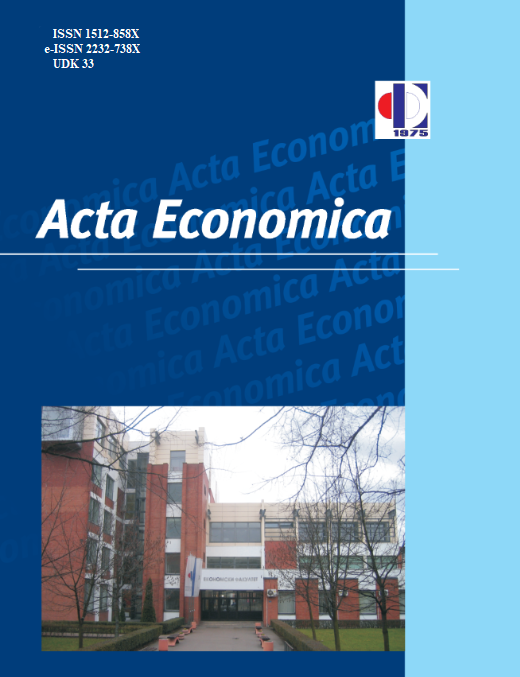Analysis of the Effects of the EU Official Development Assistance to the Western Balkans
DOI:
https://doi.org/10.7251/ACE1726123EAbstract
Official development assistance (ODA) implies the movement of capital with a minimum of one quarter of grant. It was established in the second half of the previous century, with the aim of getting developed countries to set aside a part of their gross domestic product (GDP) as an aid intended for developing countries. In the European Union, development assistance implies a policy which was established at the very beginning of the integration process, but it was not until the Treaty on the European Union was signed that it obtained its legal basis. Today, the European Union is a key partner of developing countries, and together with member states it ensures more than a half of the ODA assets. The countries of the Western Balkans are categorized among the developing countries and receive aid via loans and grants from developed countries and international institutions. The European Union’s support is divided into the aid intended for the countries that are in the process of accession and the aid which is meant for other, less-developed countries. The distinction between these two forms of assistance is very difficult, because the character of the support changes in the course of accession process. The scientific problem that this paper deals with pertains to identification of the intensity of the European Union Official Development Assistance and the level of development of the Western Bal-kans. The assets of the European Union’s assistance to the region of the Western
Balkans are necessary, yet not sufficient for achieving a higher level of development
and the European standards in all directions.
Downloads
Published
2018-12-22
Issue
Section
Чланци

